Iceland´s location in the North Atlantic is very isolated and there are limited opportunities for new species to reach the island. Still new species arrive in Iceland on a regular basis, they travel to Iceland by wind, they come with birds and since the settlement of Iceland also with humans. Since Iceland was settled in the late 9th century humans have brought new species to Iceland, some by accident and some with the purpose of using them for crops or other purposes. From the early time of settlement Icelanders have tried to make use of the wild plants they could find in order to expand their diet, to dye clothes, for medical purposes and even magic. Viking Vegetables One of the most famous plants that even was a valuable trading commodity in Viking times was the plant Angelica (Angelica archangelica) whose stems and roots are edible and which was used both as vegetable and medical plant. Already in the Saga Age “hvannarótarbrennivín”, an aquavit brewed from the roots of the Angelica plant was very popular. The Icelandic Angelica is often found next to rivers or streams and grows up to 1,5 meters high and its blossoms are small, numerous and greenish-yellow. Another one that was used as vegetable and medical plant alike is skarfakál or scurvygrass. Its high Vitamin C content made it a popular antidote for scurvy, a common illness for seafaring or poor people with little access to a healthy balanced diet. “Fjallagrös” or Iceland moss is another good example for a plant that was part of the Viking diet but also used as a medical plant. In spite of its name it is in fact a lichen and not a moss. Fjallagrös was used both in food such as porridge and other spoon food but also as a drink and is said to improve your immune system. Medical plants The list of medical plants includes for example blóðberg/arctic thyme, mariustakkur/Lady´s mantle, garðabrúða/valerian and valhumall/yarrow. The medical powers of these plants were known and passed on from family to family. Still today we have a number of companies who produce plant medicine from Icelandic herbs such as Jurtaapotekið or the Herb Pharmacy run by Kolbrún Björnsdóttir. Colouring and Magic Plants were used for colouring such as Gulmaðra/Yellow bedstraw, sortulyng/bearberry or rabbabari/rhubarb and even for magic! One of the strangest theories of using magic is connected to the flower holtasóley or mountain avens. You were supposed to find mountains avens which were growing at a place where a thief had been previously executed by hanging. Its magical power was to extract money from the ground once you put a coin underneath its root. But the coin that was to be used as a bait had to be stolen from a “poor widow while she was attending mass on one of the three high church holidays of the year”. Only then the coin would magically draw the same kind of money from the ground. Logically it was recommend to steal the largest coin you could find for greatest profit If you enjoyed this short excursion into the world of Icelandic plants you should join us on our private small group Hike & Relax tours or new Green Tourism Self drive tour to learn more about the wonderful stories connected to the Icelandic Flora!
Text: Meike WItt Photos: Meike & Steinunn
4 Comments
RONALD FRITH
3/13/2021 07:26:17 pm
My travels to southern Greenland as part of a geological study with the Greenland Geological Survey (GGU) showed wild Angelica growing in the fjords. Visiting Greenlanders to the fjords would collect Angelica root and stem, which according to local folkloric knowledge were brought by early Vikings from Iceland and planted as a source of vitamin "C" and eaten as a counter to scurvy. This knowledge was centuries ahead of the British Admiralty.
Reply
Thank you so much for reading our blog and commenting about the Angelica.
Reply
Leave a Reply. |
AuthorExploring Iceland blog has several authors. Categories
All
|
Our Tours |
Exploring IcelandOpening Hours
Monday - Friday 9 – 17 24 hours emergency phone number: +354-898-8903 |
© COPYRIGHT 2015. ALL RIGHTS RESERVED.
|

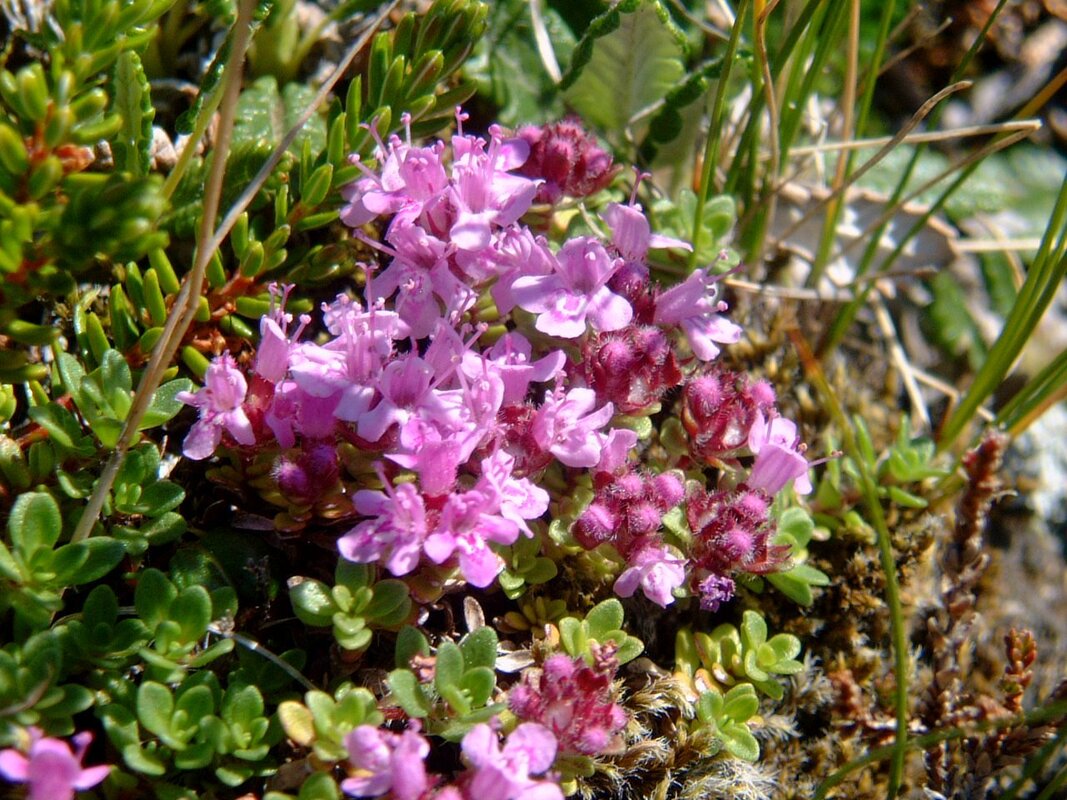
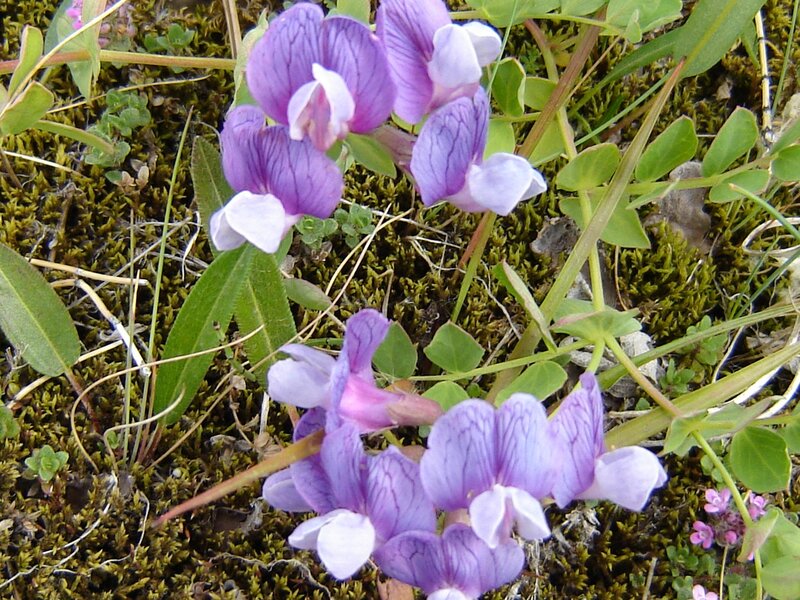
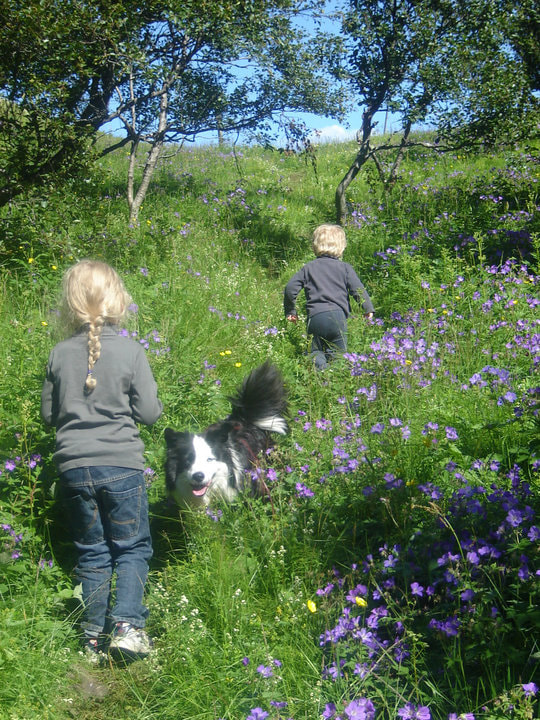
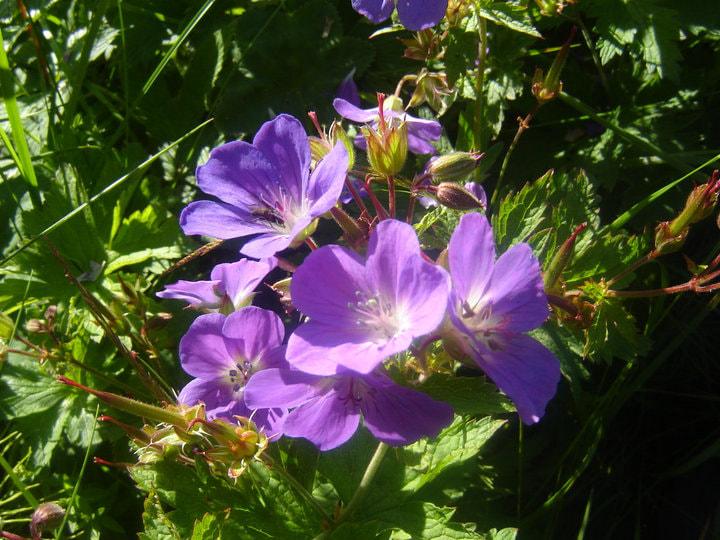
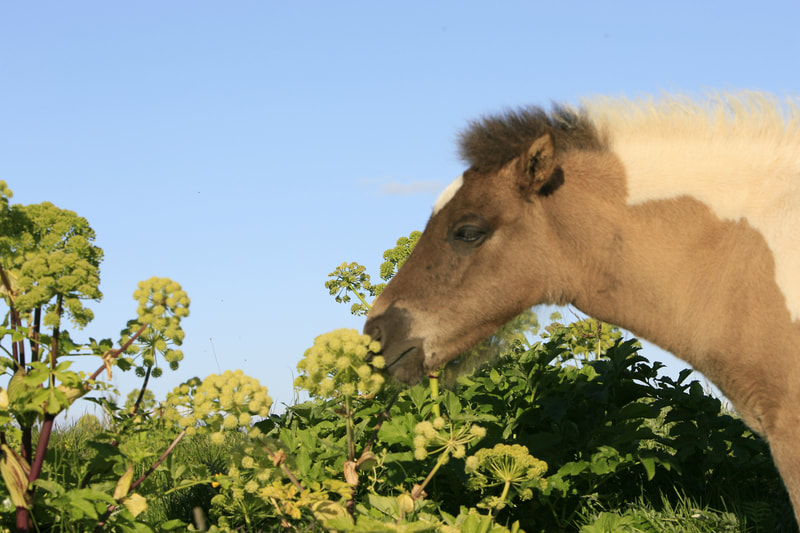
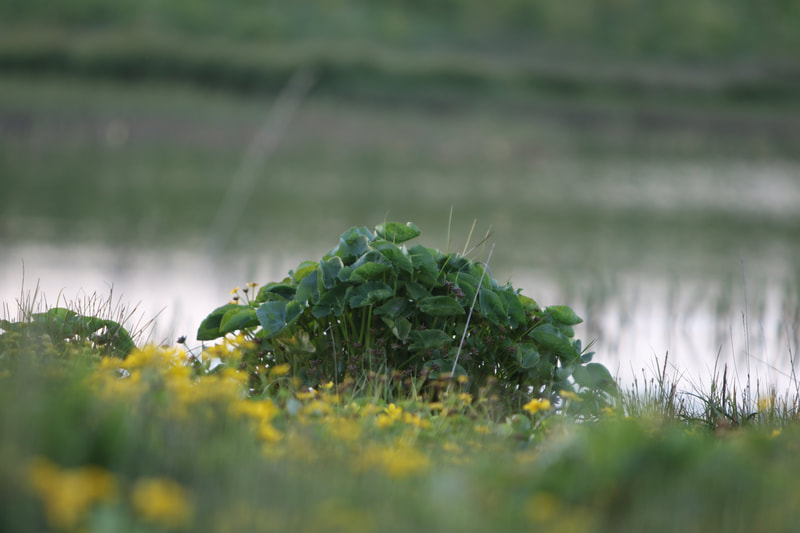
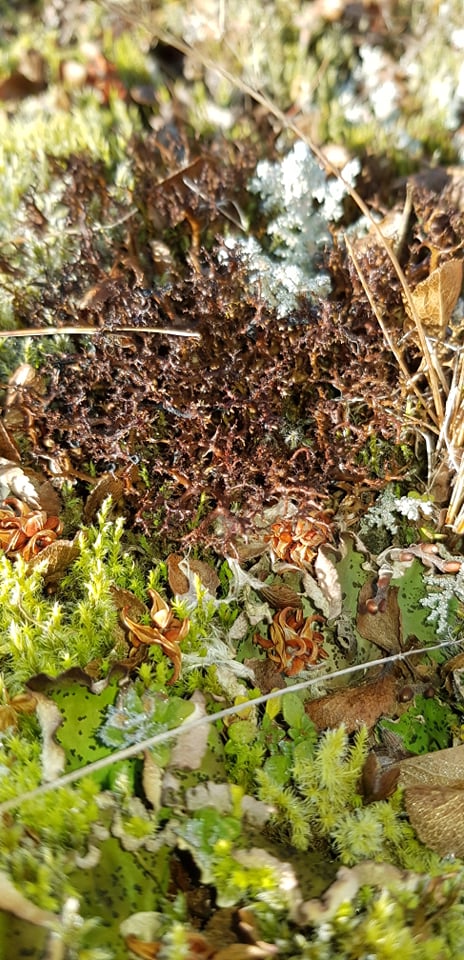
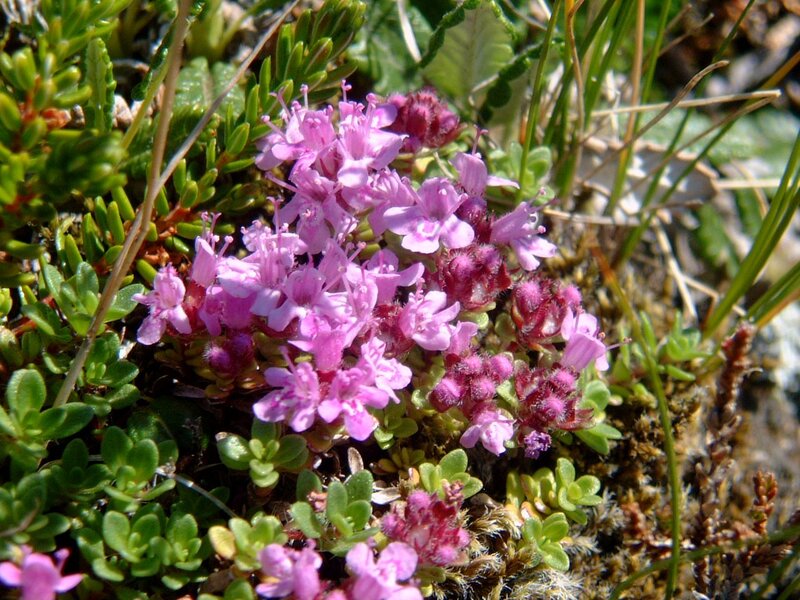
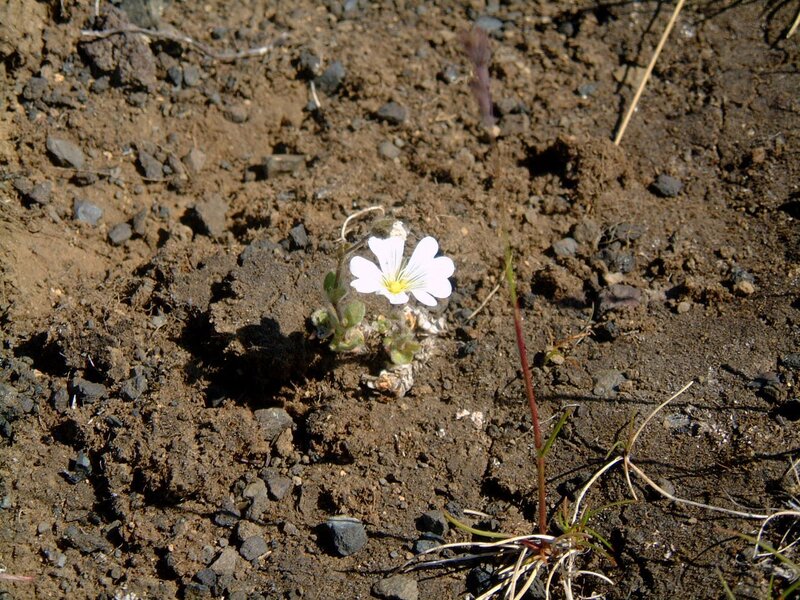
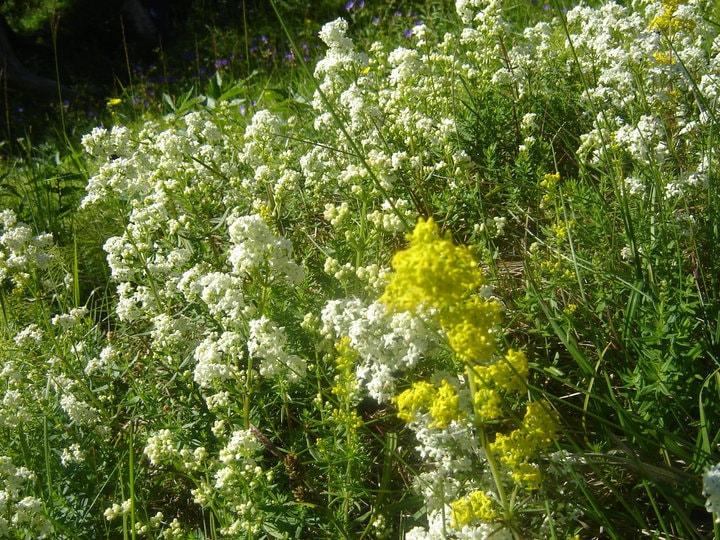
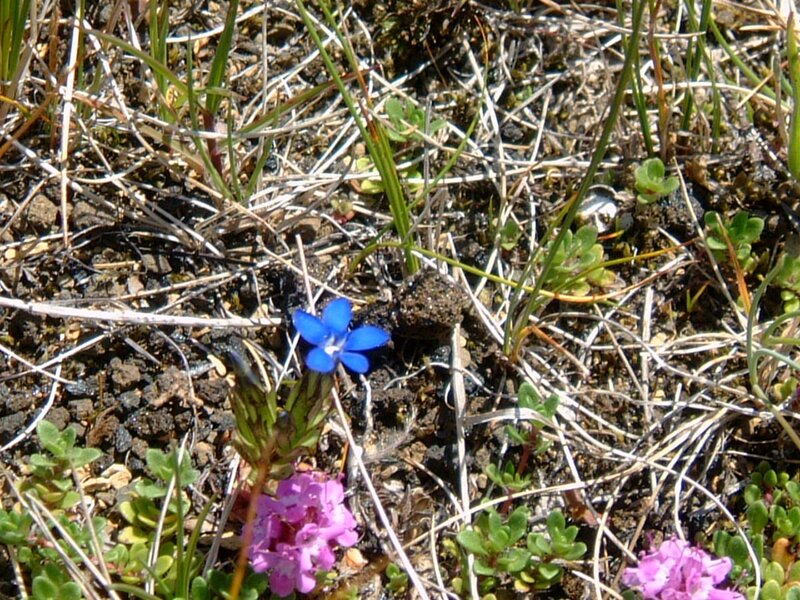
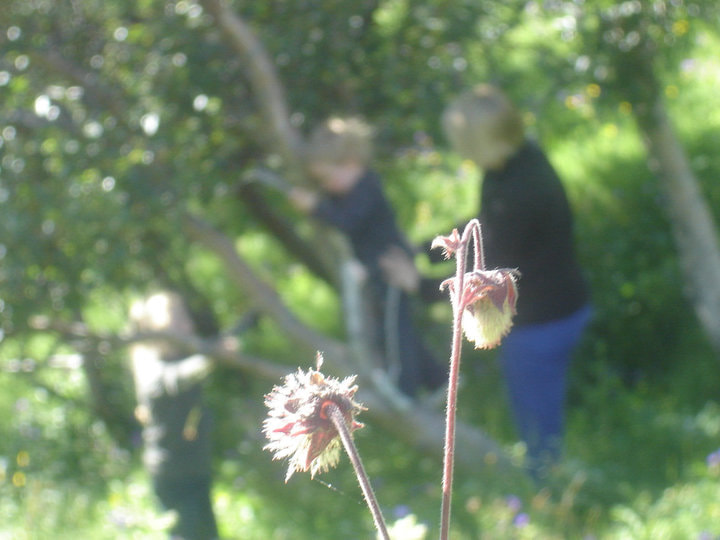
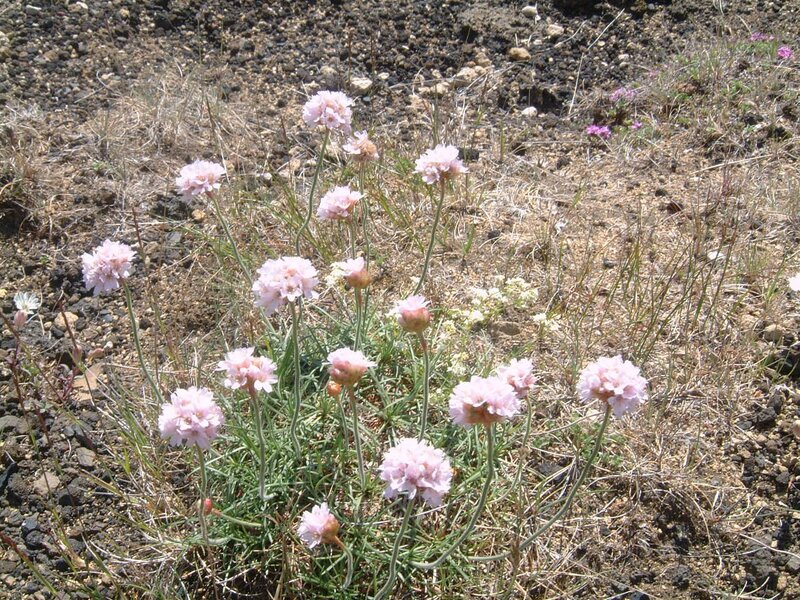
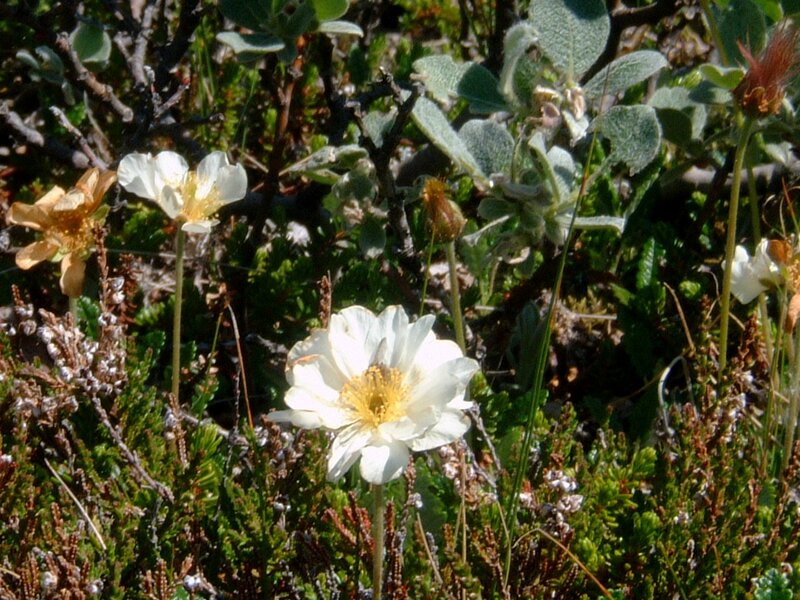
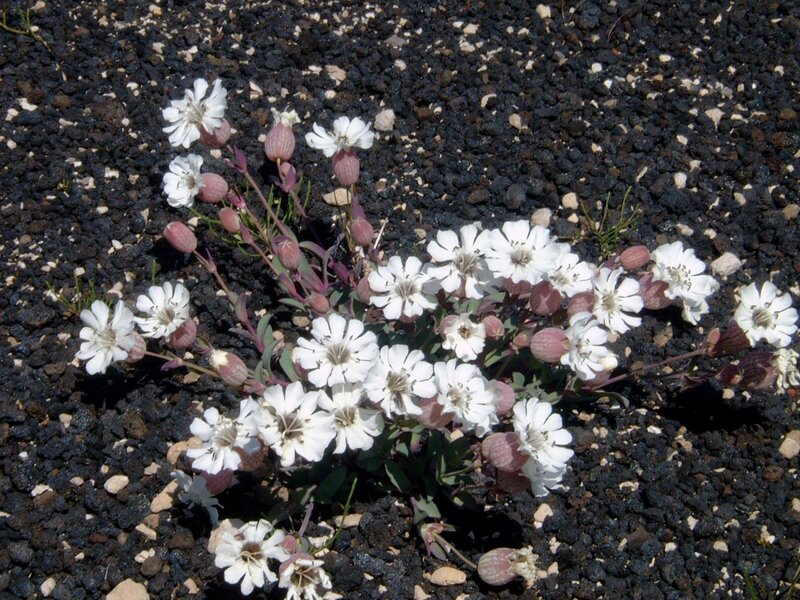
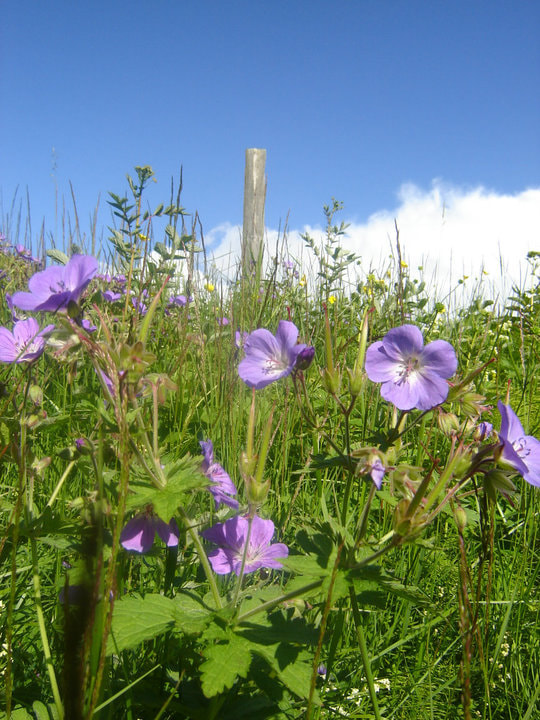
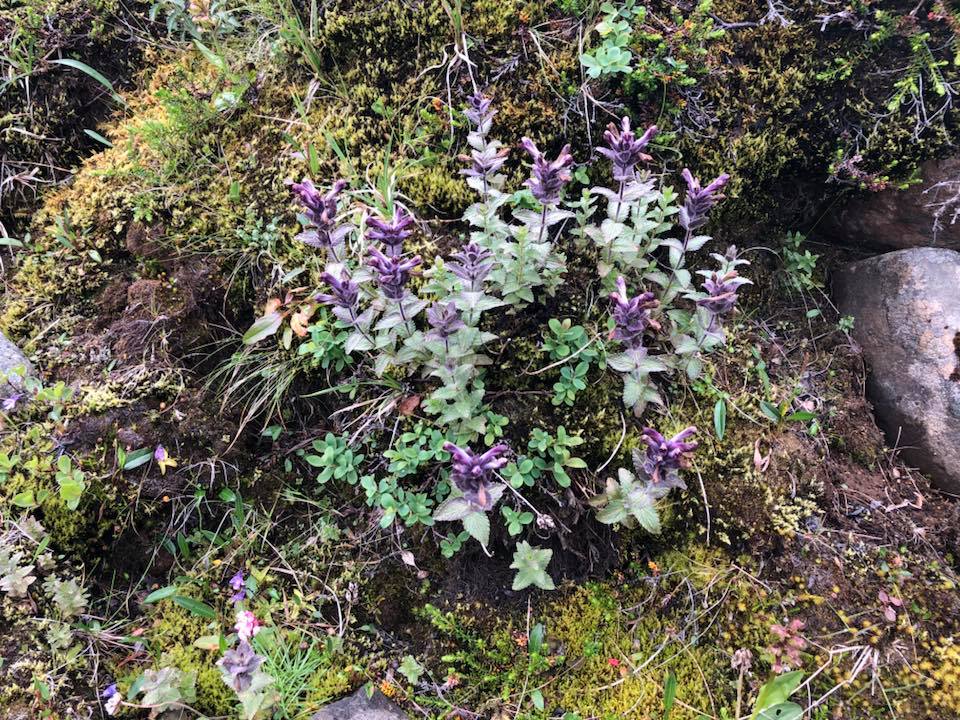
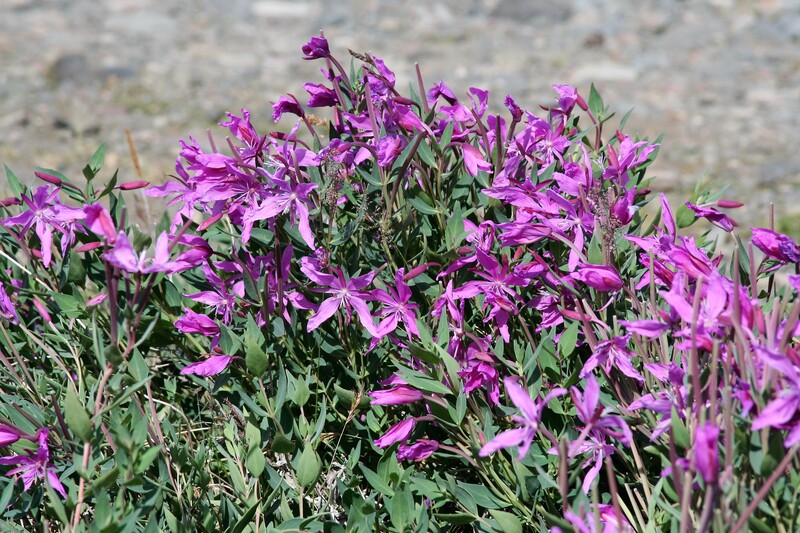
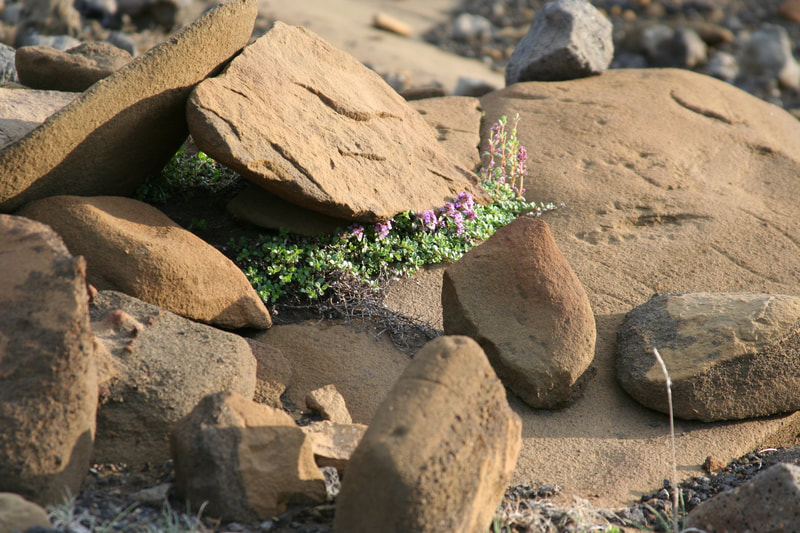
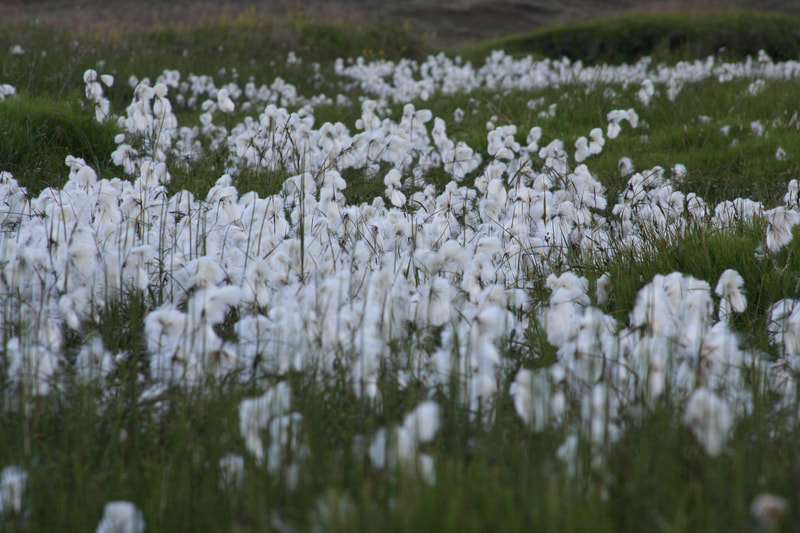
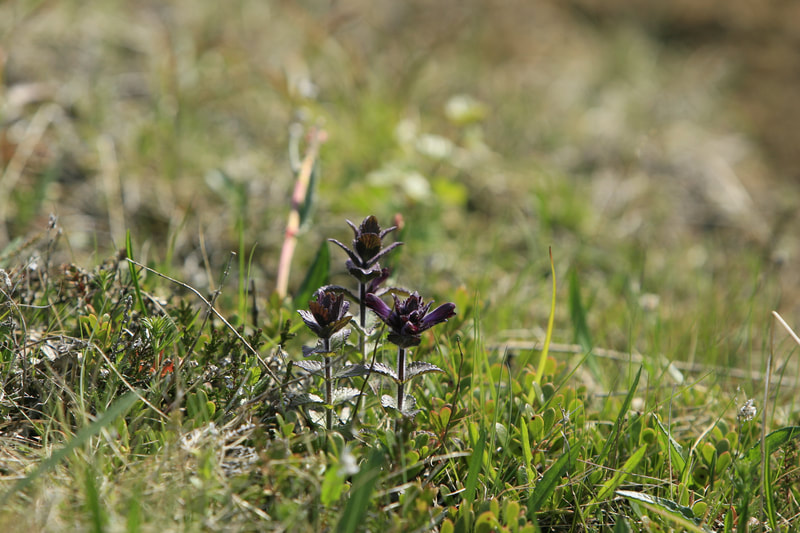
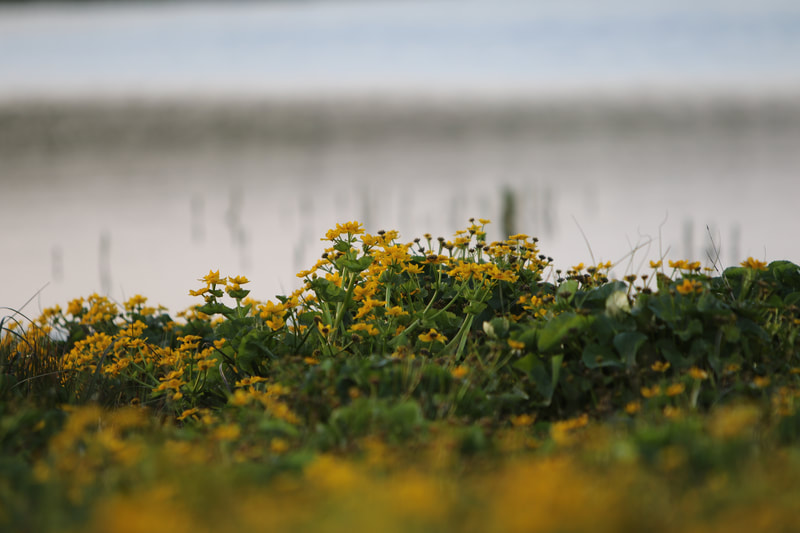
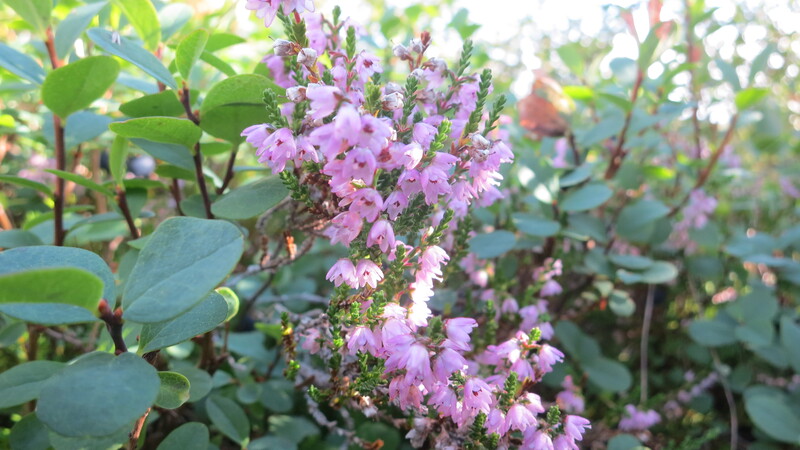
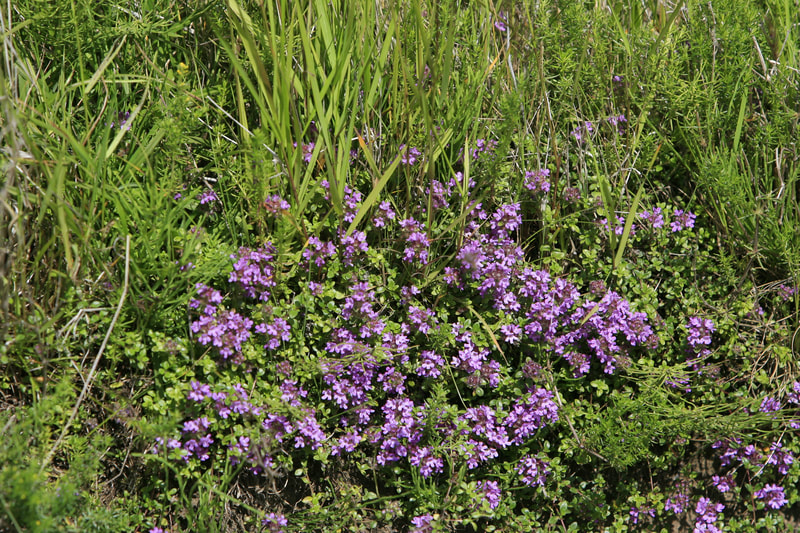
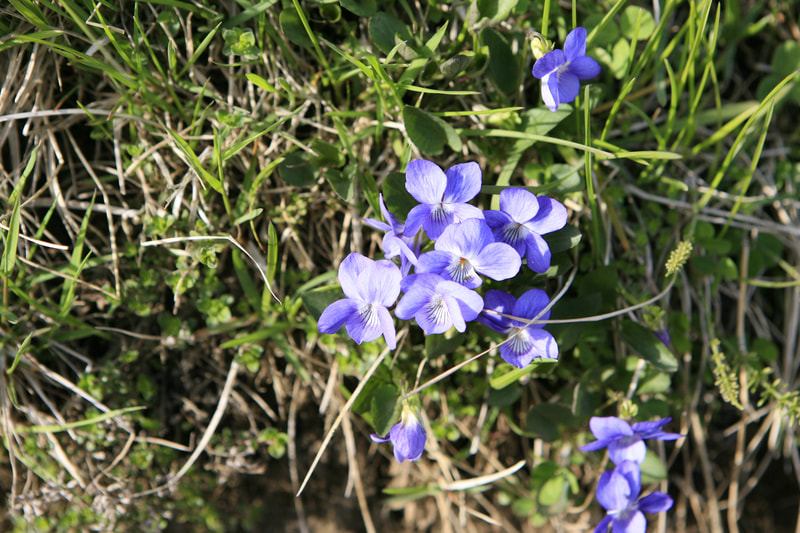
 RSS Feed
RSS Feed


